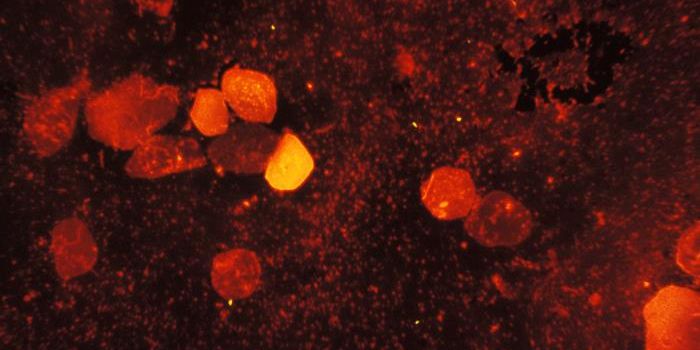In 2009, the first Candida auris infection was described, and since then it has become a serious problem in healthcare settings worldwide, where it now causes many infections. The World Health Organization has named C. auris a 'critical priority' fungal pathogen. It is often resistant to many antifungal drugs, which are difficult to develop, particularly because humans and fungi are both made of eukaryotic cells. It's estimated that about one in three patients with serious C. auris infections will not survive. Scientists have now found that stray dogs harbor drug-resistant strains of C. auris, and they are concerned that pets may become unwitting reservoirs that might transmit the fungal pathogen to humans. The findings have been reported in the Journal of Fungi.
In this study, researchers collected skin and ear swabs that were taken during the routine care of 87 dogs that were housed in a dog shelter in Delhi, India. There were 42 stray animals in this group that had severe skin lesions and skin disease requiring intensive care. Another 35 dogs were pets who were being treated at the veterinary clinic for minor gastrointestinal and urinary infections. A bacterial and fungal analysis was performed on the swabs.
Although the health conditions of all the dogs were not thought to be related to C. auris, it was found that four of the animals with chronic skin conditions also harbored the fungal pathogens in their ear canals.
"Dogs are common pets. Even though C. auris was only found in stray dogs in this study, there are many stray dogs in many parts of the world. These dogs could act as transmission vehicles for C. auris to reach other animals and humans," noted lead study author Jianping Xu, a McMaster University professor and investigator at the Global Nexus School for Pandemic Prevention & Response.
An assessment showed that some strains of C. auris found in dogs have genetic similarities to C. auris strains that infect humans, which indicates that it could be possible for the fungi in dogs to jump to humans. That has not yet been directly confirmed in any patient, however.
Fungi often cause infections in animals, but this may be the first time that a live culture of C auris has been isolated.
"We need to be vigilant in the surveillance of dogs, other domesticated pets and wild animals in regions where C. auris is endemic," noted Xu. "While C. auris spreads easily from human to human, the route of transmission among animals or from animals to humans is much less clear and further investigation is required."
When people get a C. auris infection, they can shed skin scales, which contaminates stuff in their environment. With growth in the dog ear canal, that spread is significantly more limited.
Recently, C. auris has also been found in other places, such as on stored apples, in tidal marshes, in very high salt environments, and in wastewater, which all suggests that it can survive in harsh conditions. It will probably continue to be a problem for a long time.
Sources: McMaster University, Journal of Fungi









